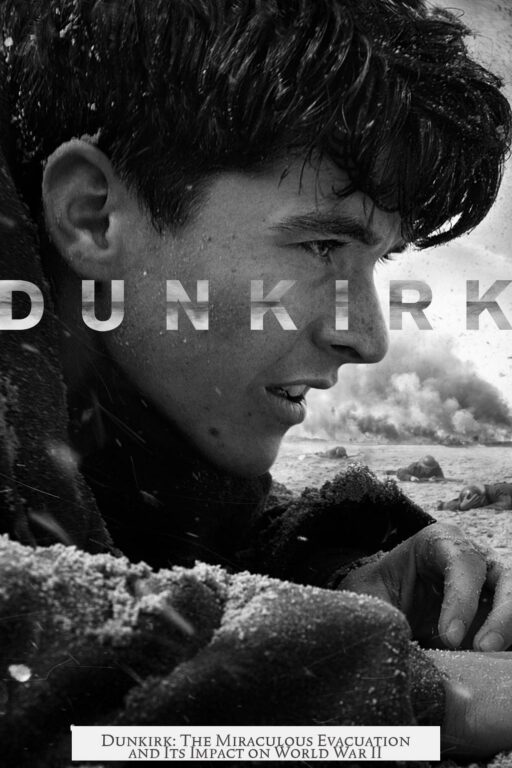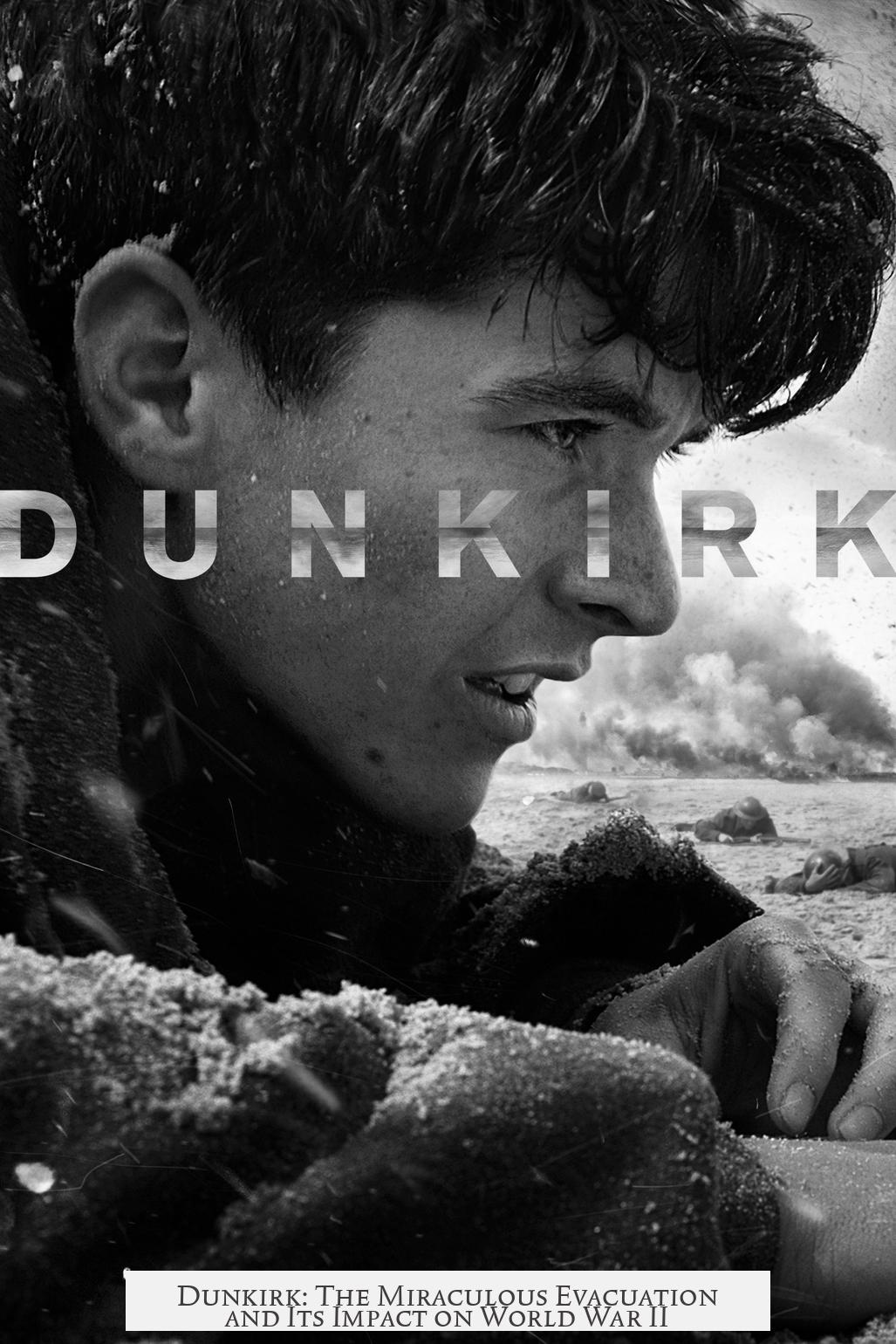The events at Dunkirk during late May and early June 1940 mark one of World War II’s most significant military evacuations. Following the rapid German advance in Western Europe during the Battle of France, Allied forces became trapped in a pocket around the town of Dunkirk on the northern coast of France. From 26 May to 4 June 1940, Operation Dynamo successfully evacuated approximately 330,000 British, French, and Belgian troops back to the United Kingdom, saving a large portion of the British Expeditionary Force (BEF) and other Allied soldiers from capture.
Dunkirk’s situation unfolded as the German Army launched its offensive on 10 May 1940, invading Belgium and the Netherlands. This move forced the Allies into a defensive stance along the Belgian border. By 20 May, German units had reached the sea near Abbeville, cutting off the Allied First Army Group in Belgium and trapping large numbers of British, French, and Belgian troops in a shrinking pocket around Dunkirk and the Pas de Calais region.
Lord Gort, commander of the BEF, realized by 23 May that holding the pocket was unsustainable. He began arranging for a strategic withdrawal. The British government formally approved an evacuation on 26 May, although some rear-area troops had already withdrawn. That evening, the Admiralty commenced Operation Dynamo, placing Admiral Bertram Ramsay in charge. He coordinated the operation from Dover Command, directing naval and civilian vessels to rescue trapped soldiers from Dunkirk’s beaches and harbour.
At the evacuation’s onset, two ships ferried about 1,300 men every four hours between Dunkirk and Dover. The British Army formed a defensive perimeter around the port to protect the evacuation efforts. However, German forces set up coastal batteries on 27 May that forced ships to take longer, more hazardous routes. Despite this, the number of sailings increased, intensifying efforts to evacuate as many men as possible.
Civilian vessels played a crucial role in the evacuation. A wide range of small boats—pleasure cruisers, fishing boats, and powerboats—crew by civilians and naval personnel helped ferry troops from shallow beaches to larger ships offshore. These vessels were organized by the Admiralty’s Small Vessels Pool, which had been registering suitable boats prior to the crisis. Their participation augmented naval capacity, especially since larger transports could not land directly on the beaches.
Dunkirk harbour itself was damaged extensively by German bombing. On 29 May, much of the harbour was destroyed, pushing troops to embark from the harbour’s protective mole walls. This method expedited turnaround times for loading evacuees. Nonetheless, Allied vessels faced persistent attacks from the German Luftwaffe. British destroyers such as HMS Wakeful, Grenade, Basilisk, Havant, and Keith were sunk during the air assaults in late May and early June, with significant casualties. The Royal Air Force provided critical air cover that mitigated some attacks, saving many ships and lives.
The evacuation ran from late May into the early hours of 4 June 1940. By 23:30 on 2 June, Captain W. G. Tennant, the Royal Navy representative ashore, confirmed that the BEF had been evacuated. Over the next night and morning, 27,000 French troops were also rescued. Despite the withdrawal’s success, German forces broke through the weakened defensive perimeter afterward, capturing large amounts of equipment but failing to take many troops prisoner.
The significance of Dunkirk lies in its demonstration of effective naval organization and improvisation under crisis. Admiral Ramsay’s management of a massive, complex evacuation involving both military and civilian craft set a precedent for future amphibious operations. The rescue preserved a significant portion of the British army, allowing it to regroup and continue fighting in subsequent campaigns, including the eventual Normandy landings in 1944, which Ramsay also commanded.
| Aspect | Details |
|---|---|
| Timeframe | 26 May – 4 June 1940 |
| Number of Troops Evacuated | Approximately 330,000 (British, French, Belgian) |
| Key Commanders | Lord Gort (BEF), Admiral Bertram Ramsay (Royal Navy), Captain W. G. Tennant (RN ashore representative) |
| Operation Name | Operation Dynamo |
| Civilian Boat Role | Small pleasure and fishing boats ferried troops from beaches to larger ships |
| Outcome | Successful evacuation but loss of heavy equipment; essential in preserving Allied manpower |
- The Battle of France and German advance trapped Allied troops around Dunkirk in May 1940.
- Evacuation ordered on 26 May under Operation Dynamo, led by Admiral Ramsay.
- Over 330,000 troops rescued using a combination of naval ships and civilian boats.
- German air and coastal attacks challenged evacuation but RAF cover reduced losses.
- Preserved much of the British army, critical for continuing the war effort.
What Happened at Dunkirk: The Untold Story of a Miraculous Evacuation
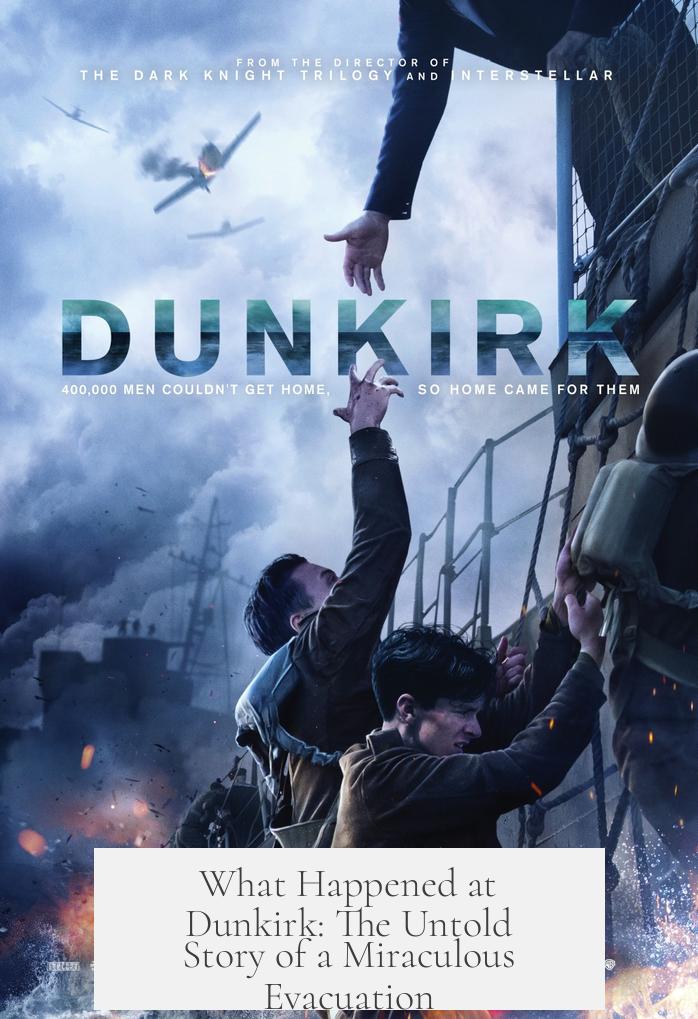
What happened at Dunkirk was a massive evacuation of Allied troops, mostly British, French, and Belgian, from northern France in 1940 during World War II. This operation marked a critical moment in the war. It saved more than 330,000 soldiers who were trapped by the rapid German advance after the fall of France. But Dunkirk is much more than a number or a mere retreat; it’s a tale of grit, naval brilliance, civilian heroism, and a flicker of hope in very dark times.
Let’s step back and understand why this evacuation was even necessary.
The Context: When Things Started Going South
It’s May 1940. Europe teeters on the edge of chaos. The British Expeditionary Force (or BEF) had been stationed in France since September 1939. These troops joined the French mobile forces near the Belgian border, standing guard against German aggression. However, on May 10th, the Germans launched a sudden blitzkrieg into Belgium and the Netherlands.
Within a couple of weeks, German forces surged forward with terrifying speed and efficiency. By May 20th, they reached the sea at Abbeville, effectively cutting off the Allied forces in Belgium and Northern France. Thousands of British and Allied soldiers found themselves trapped in a shrinking pocket near Dunkirk, facing the grim prospect of annihilation or capture.
The Critical Decision: To Evacuate or Not?

The situation was dire. Lord Gort, commander of the BEF, recognized that holding the pocket was impossible. On May 23rd, he began preparing for a withdrawal. The British Government agreed to an evacuation plan by May 26th, though some troops had already started pulling back.
The decision to evacuate wasn’t just a military tactic; it was a gamble on the hope that enough troops could be saved to fight another day. Could evacuation be swift enough? How would the navy handle the challenge? This question set the stage for Operation Dynamo.
Operation Dynamo: The Masterstroke of Naval Coordination
Come May 26th, at 18:57, the Admiralty ordered Admiral Bertram Ramsay to execute what was code-named Operation Dynamo. Though evacuations had begun earlier that afternoon, this formal command signaled the start of a massive rescue mission.
Initially, two ships ferried about 1,300 men each, crossing between Dover and Dunkirk every four hours. Meanwhile, the troops on the ground urgently organized a perimeter to defend the port’s evacuation points. But this was just the beginning of a complex and evolving operation.
How Did They Manage the Evacuation?

German forces were vigilant and cunning. By May 27th, German coastal batteries blocked the main sea route between Dunkirk and Dover. The British had to reroute transports, but impressively, they managed to increase sailings to two ships every 3.5 hours.
The real game-changer? The incredible fleet of small civilian vessels. Imagine: pleasure cruisers, fishing boats, powerboats, and even a London fireboat—all crewed by ordinary civilians—joined naval launches to shuttle soldiers from shallow beaches out to larger ships waiting offshore. Without these unassuming heroes, the evacuation would have stalled spectacularly.
“These civilian boats became the stars of Operation Dynamo, ferrying countless troops to safety.”
The Dunkirk harbour itself was in trouble, heavily bombed by the Germans on May 29th. Much of it was destroyed. But Captain W.G. Tennant and others adapted quickly, loading soldiers from ruined harbour moles—massive stone piers that provided some cover—thus ramping up the evacuation speed to astonishing levels.
The Enemy Pushes Back: German Attacks and British Defense
The Luftwaffe, Germany’s air force, launched fierce attacks on Dunkirk throughout the operation. Despite brave RAF air cover, some ships suffered grievous losses. For instance, the British destroyer Wakeful was torpedoed by German torpedo boat S-30, with over 600 men lost.
Heavy dive-bomber attacks sank HMS Grenade and damaged many other vessels. This forced the Royal Navy to pull most modern destroyers out of the operation. Night brought little respite—on June 1st, further German air assaults sank three British destroyers: Basilisk, Havant, and Keith. Remarkably, casualties were low, but the pressure was mounting.
With German shore batteries shelling the primary escape routes, daytime evacuation became impossible after June 1st. The Allies turned to a 24-hour, round-the-clock rescue mission, balancing constant daylight and night dangers.
Key Figures: The Unsung Heroes of Dunkirk
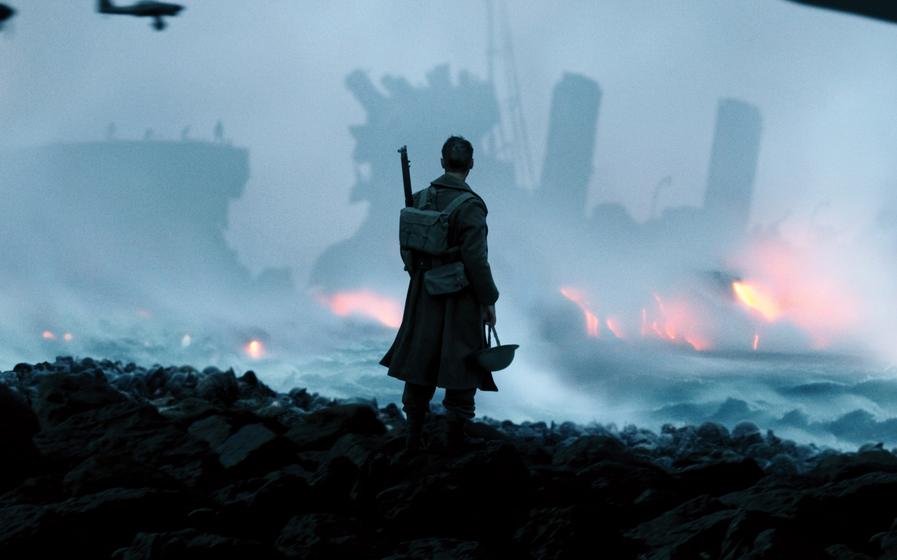
- Lord Gort: BEF commander whose decision for evacuation set the wheels in motion.
- Admiral Bertram Ramsay: The maritime mastermind orchestrating Operation Dynamo from Dover Command.
- Captain W.G. Tennant: The Royal Navy’s ground rep who managed tricky harbour logistics and troop loading.
- The Admiralty: Provided strategic direction and coordination.
- RAF Air Cover: Crucial for fending off relentless German air raids.
Each played a vital role. Ramsay, for example, honed his expertise during Dunkirk and later led the naval force on D-Day in 1944. This was no dry military operation; it was a coordinated dance of strategy, bravery, and innovation.
The Remarkable Role of Civilians
Civilians didn’t just watch from afar. The Admiralty had pre-registered small boats in a “Small Vessels Pool,” ready for emergency use. When the call came, many owners sent their crafts. Some boats were commandeered without their owners, some arrived with enthusiastic crews willing to brave enemy fire.
This “little fleet” was indispensable. Larger ships couldn’t reach the shallow beaches where thousands of men waited, but the small boats slipped in to ferry them out. It was improvisation at its finest—an unexpected but pivotal chapter of Dunkirk’s story.
The Final Stretch: End of the Evacuation
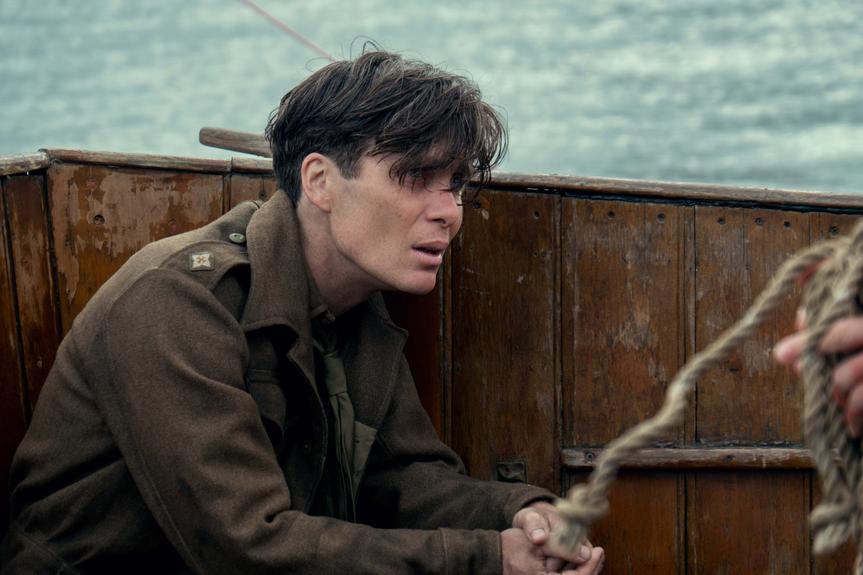
By May 30th, the majority of British troops had been evacuated. But the effort continued well into the night and early hours of June 4th. During these last hours, about 27,000 French soldiers were also pulled to safety.
Though the Germans eventually penetrated the perimeter, the Allies managed to save the bulk of troops, though they lost vast quantities of equipment and vehicles. This loss was painful but secondary to the importance of preserving trained soldiers.
Why Dunkirk Was More Than a Retreat
At face value, Dunkirk looks like a massive military retreat. But that’s not the full picture. Operation Dynamo was a triumph of resilience and coordination. Ramsay defied expectations, pulling off an incredible logistical feat under impossible conditions.
Without the 330,000 soldiers rescued, Britain’s war effort could have crumbled. These men lived to fight another day, going on to play roles in critical campaigns across Europe. Dunkirk became a symbol of endurance and the stubborn refusal to give up.
Questions to Ponder: What If Dunkirk Had Failed?
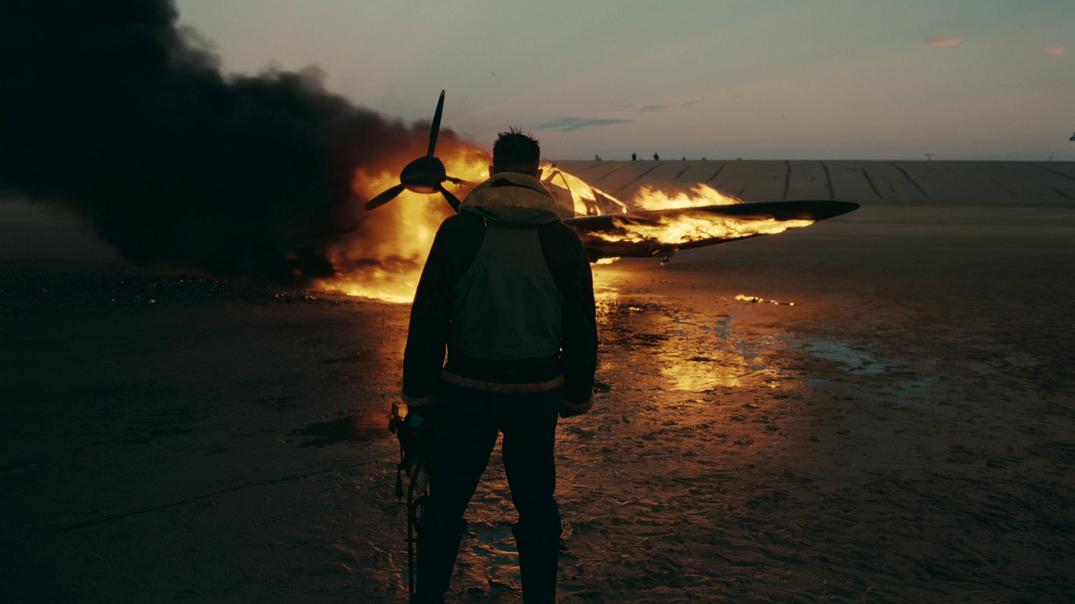
- What if the German forces had trapped the BEF completely? Could Britain have continued resisting?
- How much did civilian courage influence the outcome compared to military might?
- What lessons does Dunkirk offer for modern military and civilian collaboration during crises?
Reflecting on these questions helps us appreciate Dunkirk’s complexity beyond the historical headlines.
Practical Lessons and Takeaways
- Adaptability Under Pressure: The swift shift from harbor evacuations to beach shuttling shows the value of flexible planning.
- Harnessing Civilian Resources: Pre-registered civilian boats proved a force multiplier, highlighting public engagement in national defense.
- Importance of Air Cover: The RAF’s protection, though stretched, was crucial. Control of the skies remains vital in any evacuation.
- Clear Command Structure: Commanders like Ramsay demonstrate the merit of strong leadership during crisis.
In Conclusion: The Legacy of Dunkirk
Dunkirk was a complicated, desperate, yet extraordinary chapter in World War II. It was a story where hope rode in on the backs of both warships and humble pleasure boats, where commanders and civilians shared a mission, where loss mixed with salvation.
Its success allowed Britain to regroup and continue fighting, ultimately changing the war’s course. Dunkirk reminds us not just of military valor but of how communities can unite in unexpected ways when faced with overwhelming odds.
So next time someone asks “What happened at Dunkirk?” you can tell them it was history’s remarkable rescue—where determination, leadership, and the courage of everyday people turned a fiasco into a lifeline.
What triggered the evacuation at Dunkirk?
The German advance in May 1940 trapped Allied forces near the sea. Lord Gort saw the pocket couldn’t be held and ordered withdrawal. The British government then approved a full evacuation to save the trapped troops.
How was Operation Dynamo carried out?
Operation Dynamo began on 26 May under Admiral Ramsay. It used Royal Navy ships, small naval craft, and many civilian boats to ferry soldiers from beaches and the harbour to safety across the Channel.
What role did civilian boats play during Dunkirk?
Civilian vessels like fishing boats and pleasure crafts helped move troops from shallow beaches to larger ships offshore. They were vital because big ships couldn’t approach the shore closely.
How did German attacks impact the evacuation?
German air raids and shore batteries attacked throughout. They sank destroyers and closed the harbour. Despite losses, RAF air cover reduced damage, and evacuation continued, switching to night when the port closed in daylight.
When did the evacuation end, and what happened afterward?
The BEF evacuation was reported complete by late 2 June. Over the next night, thousands of French troops were also rescued. The Germans then broke the perimeter but mainly captured abandoned supplies, not many soldiers.
